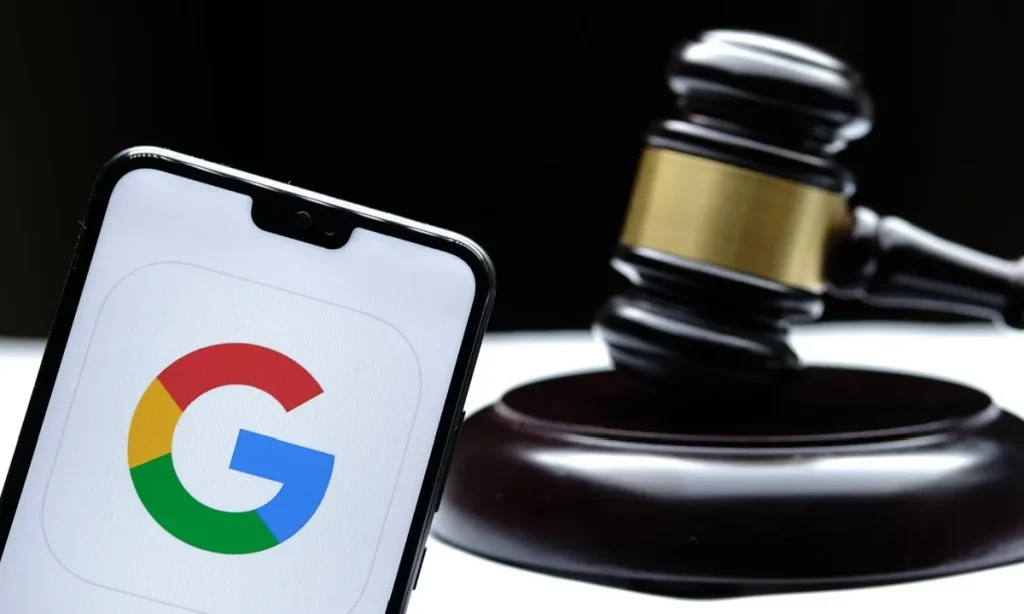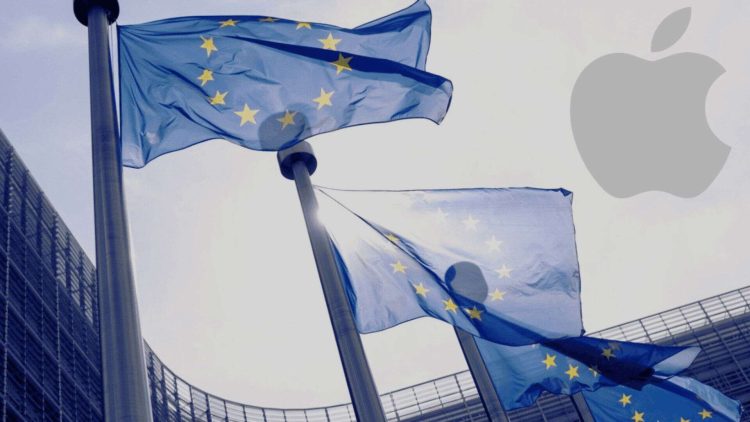Inside the Law: The Seven-Year Update Mandate That Backfired
In January 2025, the European Union enacted what was heralded as a historic step toward sustainability in consumer technology. Regulation 2025/117, commonly referred to as the “Digital Longevity Act,” mandated that all smartphones sold in the EU must receive software updates—including security patches and performance maintenance—for a minimum of seven years. The law aimed to curb premature device obsolescence and reduce electronic waste by encouraging manufacturers to support longer life cycles. Environmental groups praised it. Lawmakers celebrated it as a turning point for green policy in the digital age.
But by June, the cracks in the noble plan were already showing. Consumers from Paris to Prague began to notice that their older phones, despite now receiving regular updates, were functioning far slower than before. Apps lagged, battery performance dropped significantly, and users complained about overheating even during basic tasks. The very software updates meant to extend a phone’s life appeared to be dragging it toward dysfunction.
Engineers and independent repair shops quickly pointed to the cause: new updates were being optimized for newer processors, inadvertently overloading older hardware. Under the EU’s mandate, companies were required to push updates—but there were no provisions to prevent those updates from being resource-intensive. Critics began calling it “performance sabotage through regulation.” The law had created a paradox. Consumers had the right to keep using their devices, but practically speaking, many felt compelled to upgrade just to maintain usability. The result? An explosion in complaints, a surge in new phone sales, and a growing suspicion that the law had been gamed by the very corporations it sought to regulate.
Corporate Counterplay: Apple’s Subscription Model Sparks Consumer Revolt
No company embodied the backlash more than Apple. Historically known for its tightly integrated ecosystem and planned obsolescence controversies, Apple had to make major adjustments to comply with the EU’s law. Publicly, the company expressed support for sustainability and digital rights. But just two months into the law’s implementation, Apple introduced a sweeping shift in its product strategy: a hardware subscription model called “iContinuum.”
Under iContinuum, users could pay a monthly fee to receive guaranteed access to the latest iPhone model every two years, complete with automatic data migration, exclusive OS features, and premium support. On paper, it aligned with a circular economy: devices would be returned, refurbished, and reused within Apple’s tightly controlled ecosystem. In practice, critics accused the move of undermining the spirit of the EU regulation entirely.
Rather than empowering users to keep their devices longer, iContinuum normalized rapid cycling of hardware. And with the performance of older iPhones reportedly degrading even faster under the seven-year update policy, more consumers felt nudged into the subscription just to keep their devices functional. A French consumer rights group filed a class-action complaint alleging that Apple’s updates slowed down iPhone 12 and 13 models to push users into iContinuum.
Social media erupted with hashtags like #ForcedUpgrade and #SubscriScam. German tech YouTubers posted side-by-side performance videos showing newer phones zipping through tasks while older models with fresh updates struggled to open the camera app. Across Europe, the public sentiment was clear: they had been promised longer-lasting devices, not veiled incentives to rent their phones forever.
Other manufacturers followed suit. Samsung launched GalaxyCycle, Google introduced PixelFlow, and even smaller brands like Fairphone faced pressure to shift toward subscription models. The EU’s law had inadvertently catalyzed a commercial arms race that looked remarkably similar to the disposable tech culture it aimed to reform—only this time, wrapped in green branding and recurring payments.
The Environmental Paradox: Less Repair, More Waste
One of the EU’s core justifications for the seven-year update mandate was to reduce e-waste and promote repairability. But the law had unintended ripple effects on the repair economy. In 2024, before the law took effect, independent repair shops across the continent reported healthy business, with customers increasingly choosing to fix their devices rather than replace them. However, by mid-2025, that trend reversed sharply.
According to a report by the European Federation of Repair Technicians, smartphone repair requests dropped by 30% in the first half of the year. The culprit? Complexity. New mandatory updates often introduced compatibility issues with third-party components or made older devices harder to troubleshoot due to software inconsistencies. In some cases, manufacturers added post-update authentication layers that blocked unauthorized repairs, citing “device integrity.”
Even Apple’s self-service repair program became less relevant as software-driven degradation overshadowed hardware issues. Why replace a battery or screen if the phone itself lagged like it was ten years old? The economics didn’t make sense. Consumers opted instead to recycle—or, in many cases, toss—their devices, often in frustration.
Ironically, official e-waste collection centers reported a sharp rise in smartphone recycling. In Germany alone, the number of phones dropped off at municipal collection points more than doubled compared to the same period in 2024. Recycling, once a final resort, had become the new normal. Yet recycling isn’t a panacea. The environmental cost of breaking down devices, extracting rare materials, and manufacturing replacements still outweighed the theoretical benefits of keeping the old phone in use.
Environmental watchdogs began asking tough questions. Had the EU simply shifted the timeline of obsolescence instead of stopping it? Was a phone receiving updates for seven years truly “used” for seven years, or merely burdened with more software than it could handle? Could regulators have done more to enforce performance parity or lightweight updates for older models?

Rewriting the Rules: What Real Digital Longevity Should Look Like
The backlash to Regulation 2025/117 is forcing a larger conversation about what digital sustainability really means. The law, however well-intentioned, fell short by equating software support with practical longevity. It didn’t account for hardware capabilities, performance thresholds, or the manipulative strategies corporations could deploy to undermine the user experience.
A more holistic approach would go beyond update duration and instead mandate outcome-based performance benchmarks. For example, regulators could require that software updates for older devices not exceed a certain processor load or RAM utilization. Transparent benchmarking could be made public so that users—and watchdogs—can verify whether an update genuinely preserves usability or covertly erodes it.
There’s also the issue of modularity. If users could easily upgrade individual components—like processors or RAM—without buying a whole new phone, the entire logic of planned obsolescence could be disrupted. Fairphone and a few open-source smartphone projects have tried this model, but without broader industry adoption or regulatory incentives, such approaches remain niche.
Finally, enforcement matters. Manufacturers found loopholes not because they’re uniquely devious, but because regulation failed to define the full scope of digital longevity. As of mid-2025, the EU is reportedly working on follow-up legislation—dubbed “Right to Performance”—that would tackle precisely these gray areas, ensuring that long-term support doesn’t become long-term sabotage.
Until then, consumers are left to navigate a complex landscape where more updates don’t always mean more value, where recycling is the new norm not out of principle but out of frustration, and where “green” tech policy can sometimes deepen the very problems it aims to solve.


















































Discussion about this post